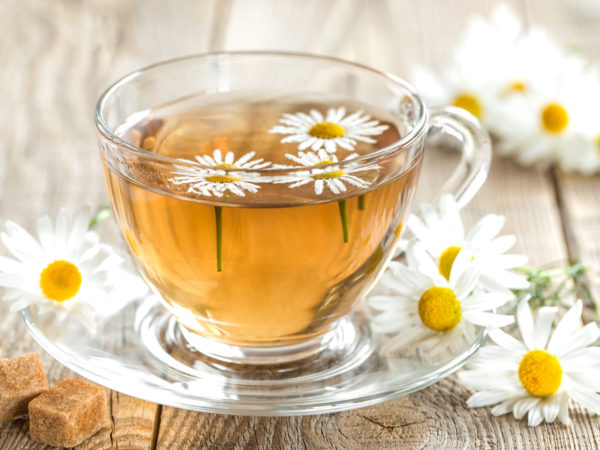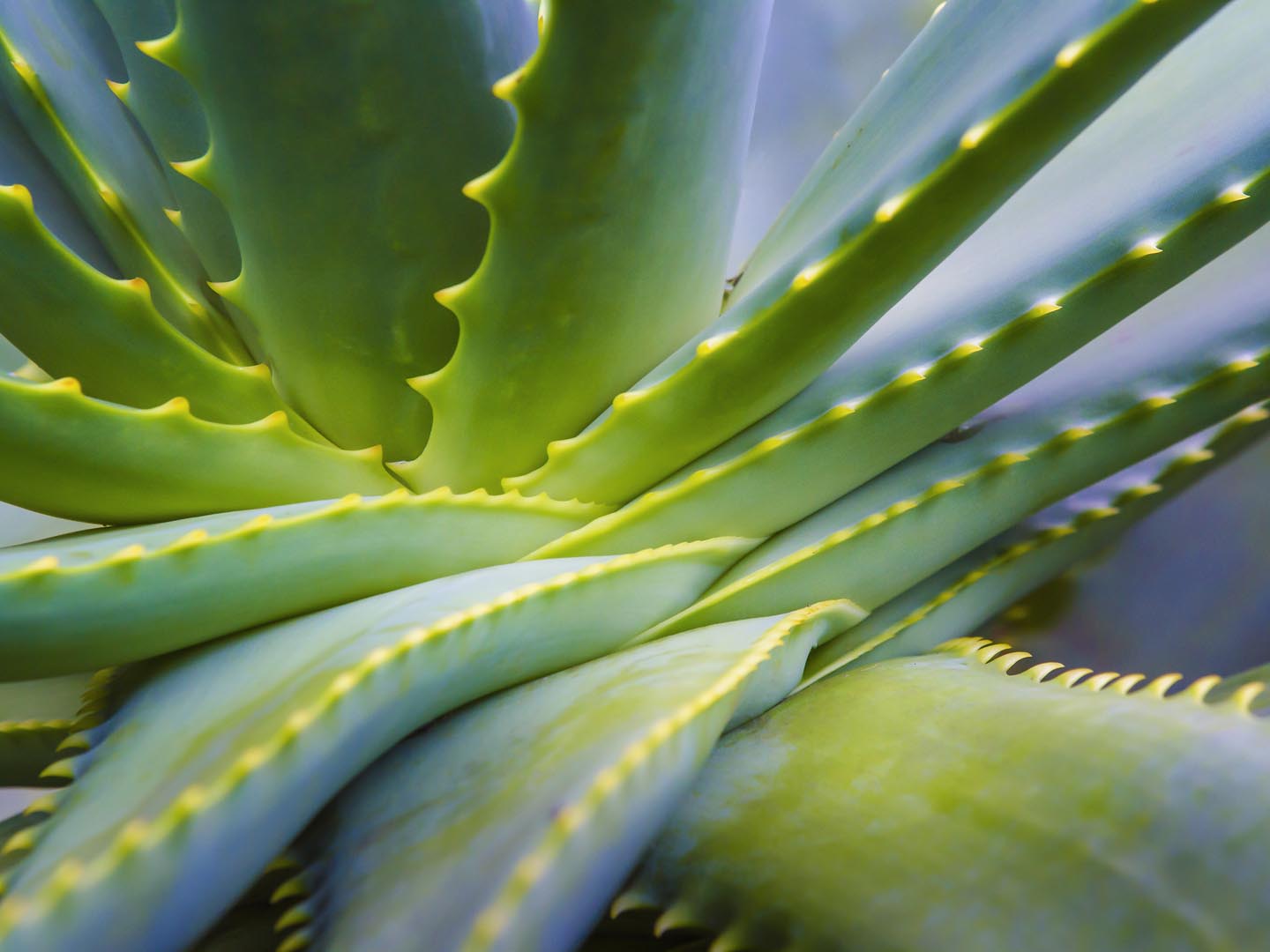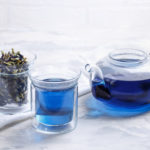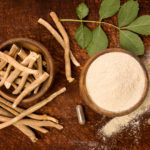Chamomile

Chamomilla recutita/Chamaemelum nobile
One of the most ancient medical herbs, chamomile has long been recognized in folk and traditional medicine for its multi-therapeutic value. A member of the daisy family, medicinal chamomile is typically found in two varieties, German chamomile (Chamomilla recutita) and Roman chamomile (Chamaemelum nobile).
Used for:
The dried flowers of chamomile contain many terpenoids and flavonoids that contribute to its medicinal properties. When brewed into tea, chamomile flowers release an apple-like scent and flavor, and the name chamomile comes from the Greek words meaning “ground apple.”
Chamomile tea is an excellent home remedy for upset stomachs, heartburn and indigestion. Various forms of chamomile are also commonly used to treat inflammation, muscle spasms, hay fever, menstrual pain, ulcers and gastrointestinal disorders.
Because of its mild sedative properties, chamomile can be used as a relaxant, and is traditionally used to promote healthy sleeping or to help with mild insomnia. Chamomile tea an especially popular pre-bedtime drink, and chamomile essential oils are used in aromatherapy for their calming effects.
Babies suffering from colic can be soothed by one to two ounces of cooled chamomile tea. A review of two clinical trails found that in a group of 68 babies, herbal tea with chamomile eliminated the colic in 57 percent of the infants, whereas a placebo was helpful in only 26 percent.
Dr. Weil recommends giving a colicky baby one to two ounces at a time, no more than three to four ounces per day.
Chamomile can be made into a topical ointment for soothing facial, eye, skin inflammation and to treat bruises. During a double-blind trial on 14 patients who underwent dermabrasion of tattoos, chamomile was shown to have a statistical effect on speeding wound drying and skin regrowth.
Available in:
Dried chamomile flowers and teas are widely available at herb stores, online, and at specialty shops.
Herb /drug interactions:
Chamomile appears to have minimal adverse reactions with other herbs or drugs.
Other safety concerns:
It is recommended that pregnant and nursing mothers not consume chamomile. While not definitive, some research suggests that chamomile can cause compilations during pregnancy and breastfeeding, including uterine contractions that raise the risk of miscarriage.
A relatively low percentage of people are sensitive to chamomile and develop allergic reactions, particularly people sensitive to ragweed and chrysanthemums or other members of the Compositae family.
When buying:
Chamomile is widely available at herb stores and specialty shops. Fresh chamomile should have a strong fragrance. Chamomile tea is available at most supermarkets, either pure or blended with other popular medicinal herbs.
Dosage:
Brew chamomile tea in a covered container to prevent loss of the volatile constituents in steam. Let the flowers steep in the hot water for ten minutes before pouring.
Child Dosage:
You can give chamomile tea to infants and young children with good results, as well as to older people. Most people find the taste agreeable.
Sources:
“Complementary, holistic, and integrative medicine: chamomile.” Gardiner P. Pediatr Rev. 2007 Apr; 28(4):e16-8.)“Effect of chamomile on wound healing–a clinical double-blind study,” Z Hautkr. 1987 Sep 1;62(17):1262, 1267-71
Reviewed by Jeffrey E. Gladd, M.D. April 17, 2015.









